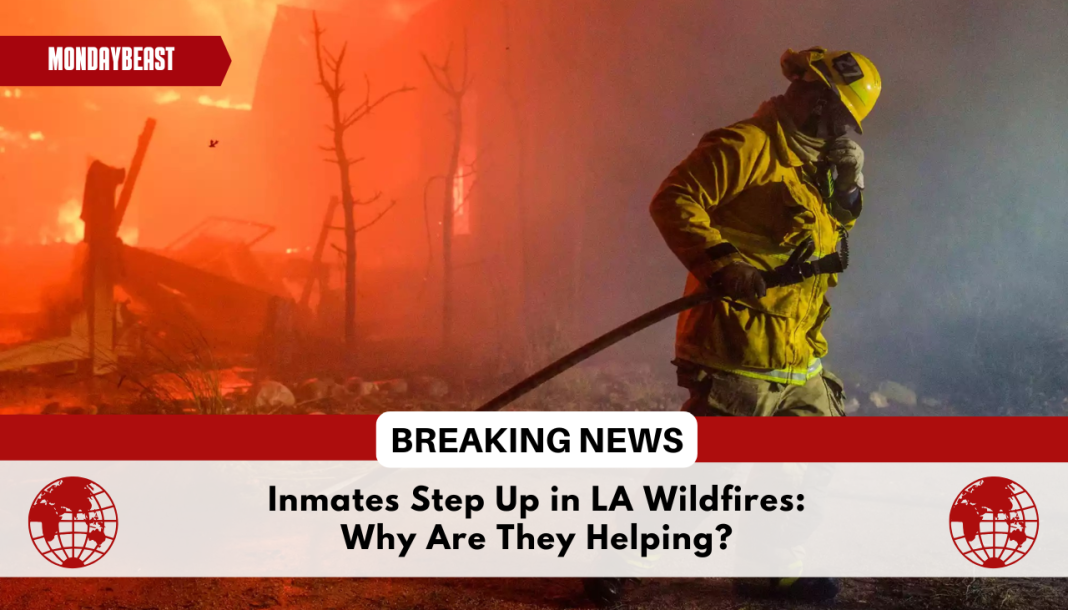In the heart of California’s raging wildfires, a unique initiative is emerging. Over 800 inmates have volunteered to help combat the flames. They aren’t just doing it out of obligation; many seem to have a genuine desire to assist. But why are so many inmates stepping up to fight fires? Is it the call of duty or a chance for redemption?

The California Department of Corrections and Rehabilitation has enlisted these individuals to support firefighters on the front lines. It’s quite striking, really, when you think about it. These men and women, often forgotten or marginalized, are stepping into a vital role. They are joining forces with the brave firefighters, working under extreme conditions to protect California. Can one’s past truly be overshadowed by acts of bravery?
The inmates receive a small daily wage, ranging from $5.80 to $10.24. When fires blaze, they earn an additional dollar per hour. This compensation may seem minimal, but it represents more than just money. For many, it’s a way to contribute positively. It’s a symbol of hope in a life that may have been filled with darkness.

In California, wildfires have become a destructive force, threatening lives and homes alike. The statistics are sobering: at least 10 lives lost and over 30,000 people displaced as of last Friday. Can we fathom the fear and chaos experienced by those affected? Meanwhile, the wildfires are described as the most devastating firestorm in L.A. history, leaving lasting scars.
California has established many fire camps where inmates receive training. They learn crucial firefighting techniques while gaining teamwork skills. This could very well be a career path for some upon their release. Are these men and women merely looking for a paycheck, or are they genuinely seeking redemption?

The response from the CDCR has been supportive. Secretary Jeff Macomber stated that the work of incarcerated firefighters is essential in battling wildfires. Their dedication is commendable, especially given the circumstances. Can we recognize their commitment as a substantial form of service?
The fires create a demanding atmosphere. Reportedly, a crew may work up to a 24-hour shift, risking their safety for others. Beyond the physical toll, there is an emotional weight—fear mingled with feelings of purpose. Imagine standing with flames engulfing the surroundings. What goes through one’s mind in that moment?
Many ask whether this initiative is moral. Should we rely on inmates for essential services? Some see their involvement as exploitative, while others highlight rehabilitation. Yet, isn’t it both—offering a second chance while benefiting the community?
As the situation in L.A. unfolds, the role of these inmates may evolve. They are not just aiding in recovery; they are reclaiming their identities. It’s a complex issue, bridging justice and community support. Can we look at them through a different lens?
In times of crisis, will we judge their pasts or applaud their present contributions? The answer may be more nuanced than it seems. These volunteers challenge us to think about redemption, bravery, and the essence of community service.




